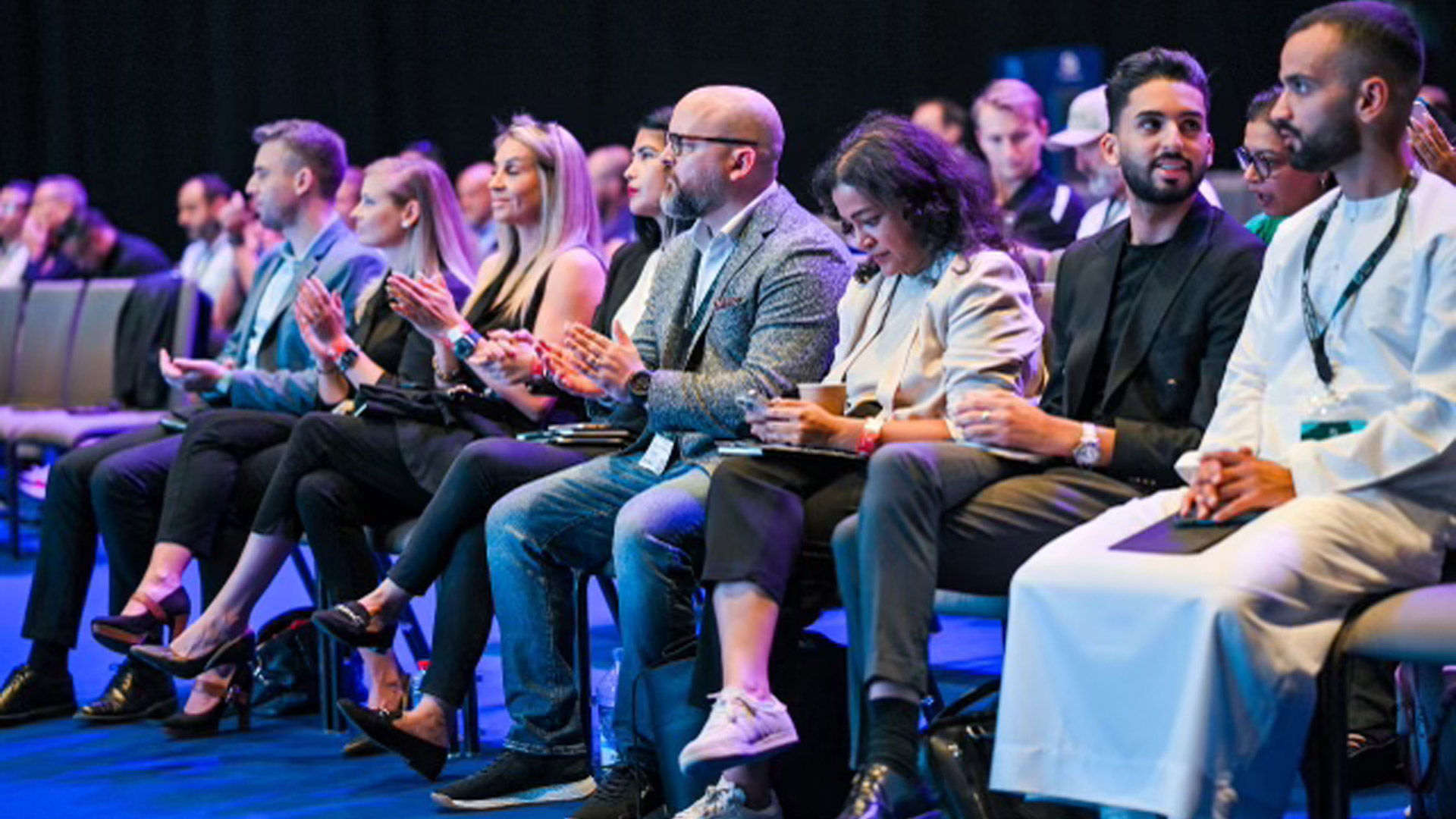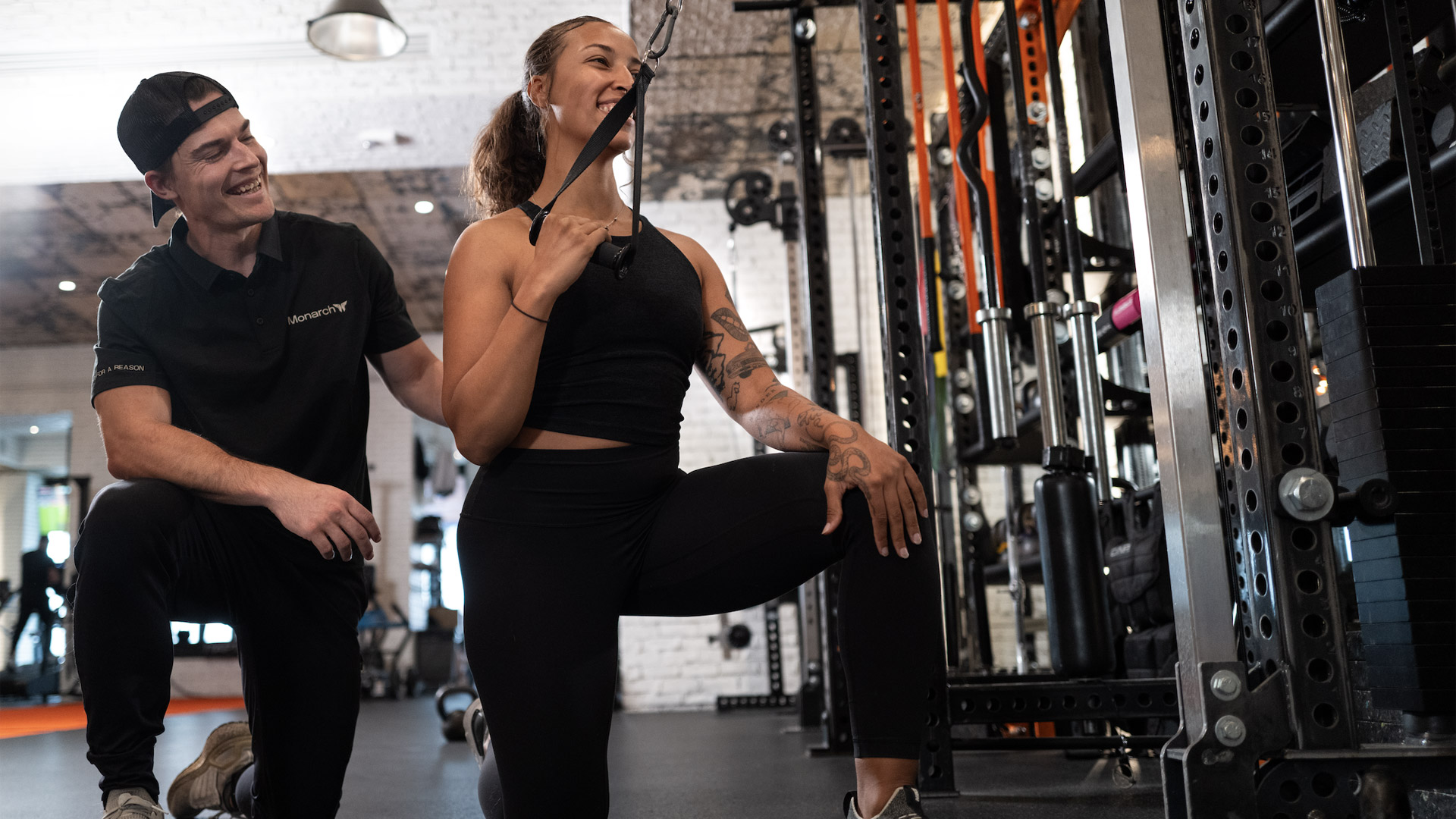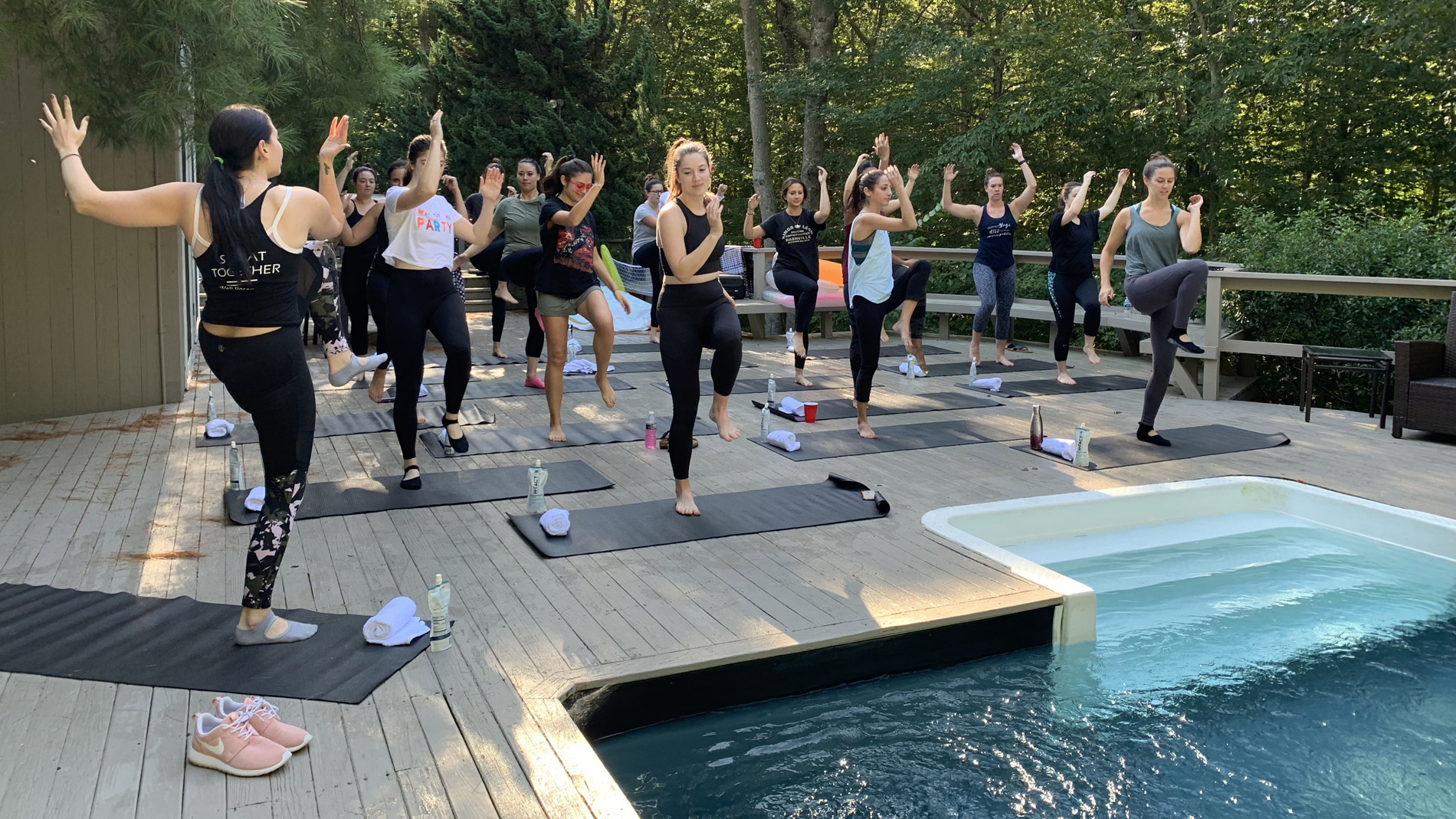All Categories

The days of coasting on novelty alone are over, and boutique fitness studios have a higher standard than ever to succeed. Jack Thomas and Matt Lavender, co-founders of The Fit Guide, have spent years evaluating fitness studios across major cities, collecting data that reveals a stark truth: the industry has entered a mature phase where operational excellence separates thriving businesses from struggling ones. The latest findings clearly show what studio owners must prioritize to survive and flourish.
The Fit Guide’s research across multiple markets shows consistent patterns emerging. Studios that once relied solely on unique workout formats now face competition from well-funded franchises and big box gyms offering boutique-style experiences at lower prices. The bar has been raised, and the margin for error has shrunk considerably. I had the opportunity to pick Jack’s brain to see what the future of successful boutique fitness looks like.
The Fit Guide’s evaluation system examines over 250 standards across fitness facilities, providing detailed insights into member experience quality. Thomas and his team have identified clear patterns that distinguish five-star establishments from their lower-rated competitors.
Thomas emphasizes that successful studios share common characteristics: robust systems, comprehensive staff training, and unwavering commitment to member experience. These elements form the foundation upon which everything else builds. Franchises often excel in these areas because they arrive with established protocols and standardized training programs. Independent studios, however, can achieve similar results by deliberately implementing these same structural elements.
The research reveals a particularly telling statistic: five-star clubs achieve standards around genuine interest, anticipatory service, and personalization 73 percent of the time, compared to just 46 percent for average clubs and 36 percent for recommended-level facilities. This gap represents the difference between exceptional and mediocre member experiences.
Thomas introduces a framework called “Mind the GAP” that encapsulates what sets outstanding studios apart. The G represents genuine interest in the form of staff members who actively engage with clients beyond surface-level interactions. This means asking thoughtful questions about fitness journeys, backgrounds, and goals rather than simply processing transactions.
The A stands for anticipatory service, which involves proactive problem-solving before clients need to ask. Examples include offering towels to sweating participants or directing someone with an empty water bottle to the refill station. Most clubs operate reactively, missing opportunities to create memorable service moments.
Personalization forms the P of the equation. This principle builds on genuine interest by using gathered information to tailor each interaction. Simple acts like remembering names, noting injury concerns, or recalling what someone did over the weekend create meaningful connections that larger facilities struggle to replicate.
These three elements work together to create the competitive advantage that boutique fitness needs. While big box gyms can offer quality classes and modern equipment at competitive prices, they cannot easily replicate the personalized attention and community feel that smaller studios can provide when executed properly.
The research identifies specific categories where most studios underperform, creating opportunities for those willing to address these gaps. Sales processes consistently rank poorly across all surveyed cities, with many studio owners harboring negative attitudes toward sales training. This approach creates terrible customer experiences during the inquiry and onboarding phases.
Reception services—the before- and after-class interactions—score significantly lower than the class experience itself. While studios average mid-80s scores for class delivery (four-star service), reception services hover around 77 percent (three-star service). This disparity denotes a critical missed opportunity, as first and last impressions carry disproportionate weight in overall experience perception.
Specific modalities also show concerning patterns. Yoga consistently ranks as the lowest-scoring category across all surveyed cities, representing an important opportunity for studios prioritizing welcoming environments for newcomers. Despite its growing popularity, Pilates ranks second-lowest in member experience scores, suggesting that many studios in this thriving sector neglect the relational aspects of their business.
Technical competence alone no longer guarantees success. Studios must now compete on the quality of human connection and operational excellence that creates lasting member loyalty. Jack Thomas and Matt Lavender’s research demonstrates that exceptional member experience can be systematically achieved through deliberate focus on structure, training, and genuine client care.
Those clinging to outdated approaches or assuming their unique workout format provides sufficient differentiation will struggle against competitors who understand that members seek a workout experience where they feel valued, understood, and welcomed into a community that genuinely cares about their success.
About Elisa Edelstein
Elisa is a curious and versatile writer, carving her niche in the health and wellness industry since 2015. Her lens is rooted in real world experience as a personal trainer and competitive bodybuilder and extended out of the gym and on to the page as a writer where she is able to combine her passions for empowering others, promoting wellness, and the power of the written word.
Powering the Business of Health, Fitness, and Wellness Coaching

By Robert James Rivera

By Elisa Edelstein

By Elisa Edelstein

By Robert James Rivera

By Elisa Edelstein

By Elisa Edelstein

Powering the Business of Health, Fitness, and Wellness Coaching
